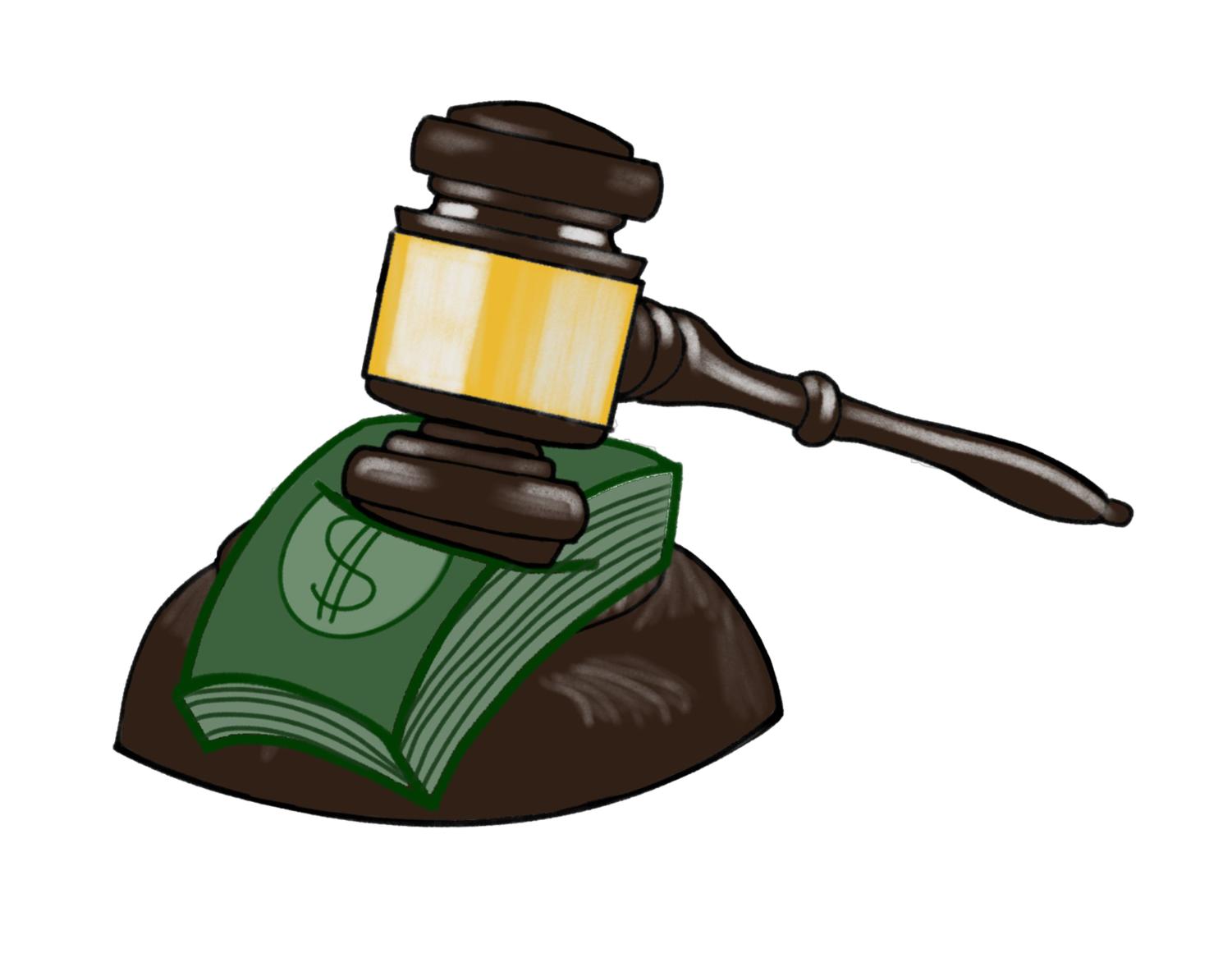A compounding interest
October 10, 2022
On August 24th 2022 the Biden Administration passed a student loan relief for families who are financially recovering from the COVID-19 pandemic. (help with lead)
Mr. Ratliff is an Honors Economics teacher. “He’s giving 10,000 dollars in debt relief to anyone who makes 125 thousand dollars a year, if you’re in a married family and make 250 thousand you can receive 10,000 dollars in debt relief. And then there is a smaller portion of americans in that group who receive Pell Grants, typically go to lower income families and the debt they acquire for college education is even more impactful for them, they can be eligible for up to 20,000 dollars worth of debt relief, so that’s the thing that gets all the headlines, that’s the thing that everyone focuses on, the 10, the 20”.
Jackson Gresh is a Senior in AP Economics, “it’s not going to help the people who really need the money because they are already in hundreds of thousands of dollars in debt, not tens of thousands, it’s not going to go to the people who need it, and the people who don’t are just going to take advantage of it” Gresh said.
Student loan debt has been a problem for many people who have been to college or have children in college. The amount of student loan debt that the United States currently has is 1.75 trillion dollars, and the COVID-19 pandemic did not aid this growing problem. The Biden Administration launched a new three part plan to help people with student loans and people who have been financially impacted from the pandemic.
The first part of this new plan would be to provide targeted debt relief to address the financial issues caused from the pandemic. The recipients of this targeted debt relief will only qualify if they receive under $125,000 a year or $225,000 for married couples.
The second part of this plan is to make the student loan system more manageable for people who currently have student loans or are planning to take one out in the future. This part of the plan would start by cutting the monthly payments in half for undergraduate loans. The Department of Education proposed a new income repayment plan that stops people’s undergraduate loans from being over 5 percent of someone’s income after taxes and other mandatory expenses are taken out.
The second part of this plan would also be fixing the Public Service Loan Forgiveness program (PSLF) that is broken. This would be fixed by having people who have worked in a nonprofit, military, or in state, tribal, or local government to receive the appropriate credit towards their loan forgiveness.
The third and final part of the plan is to protect future taxpayers and students by lowering the cost of colleges by holding these colleges accountable when they raise their tuition prices.
This final part of the plan the president will continue his effort to fight to double the maximum Pell Grant and to try and make community college free for people.
Another part of the Biden Administrations plan is the amount of money you are allowed to pay each month.
“ Biden’s plan puts a 5% cap on what they can change you. They use this formula to determine what your individual discretionary income is, you get your paycheck, you get your income for the month, this is what it costs to have your basic living standard, anything left is discretionary funds. They are only allowed to charge 5% of what those discretionary funds are. A lot of people look at that and are like awesome, my bill won’t be so high each month, but it doesn’t change how much you owe, so that keeps rolling month to month, and takes longer to pay off. Each month you are also acquiring interest and student loan interest rates are pretty high,” said Ratliff
Another important part to this plan is the Biden Administration’s policy is that banks and colleges have to be more transparent with where students’ money is going.
“I think that colleges are going to raise their college prices by 10 grand to compensate, they are just repackaging money, ” Gresh said.
“When you get to college, you will see that your tuition rates will go up every semester. And you will say, why, i’m living in the same crappy dorm, eating the same bad food, where’s all the money going if all of us are all paying 300 dollars more a semester than we did last semester, where did all that money go. His policy is directing that institutions must be much more forthcoming and transparent about raising your tuition, by this amount, this is why we’re doing it, this is where it’s going, and this is how it will impact you,” said Ratliff.
This new plan is going to have impacts on not just current college students but on people about to enter college.
“A lot of people just turn a blid eye to this because they are ignorant to it, they don’t want to take the time to understand the situation fully and they just form their own opinions based on political parties. You need to be able to actually understand what is going on behind the scenes so you can be an informed voter,” said Ratliff.
